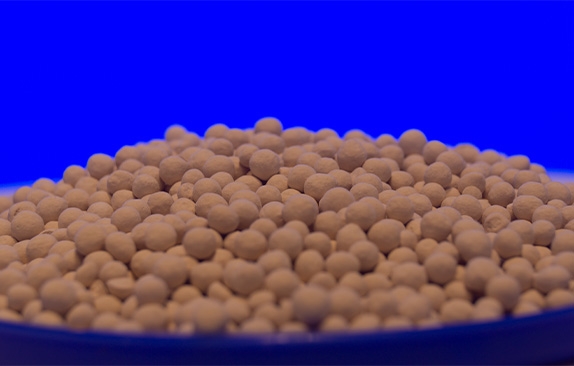
Silica gel is used to drain the space inside the double-glazed windows of plastic windows. However, silica gel is not perfect for this purpose: even at zero temperature outside the window, condensation can be seen on the glasses. Crystalline aluminosilicates cope with the task much better – this is a molecular sieve. Read more about it in our article.
Molecular sieve for double-glazed windows: what is it and why is it needed?
A molecular sieve is a combination of silicon and aluminum oxides; they are pellets permeated with many pores, beads. Geologists better known it as "zeolites".
Their value lies in the fact that the pores mentioned above have a certain diameter; water vapor molecules pass through them, but gas molecules do not pass through them. Due to this ability to selectively absorb molecules, these clay-like lumps were called a "molecular sieve": they "filter out" water vapor from, say, argon, which is filled with double-glazed windows for better thermal insulation.
Molecular sieve for double-glazed windows: technical characteristics
Molecular sieve for double-glazed windows is available in the form of granules ranging in size from 0.5 to 2 mm. Synthetic aluminosilicates with pore sizes of 3 Angstroms are used.
The adsorption capacity of the molecular sieve is 17-20% (depending on the manufacturer). Bulk density – 700-770 kg/m3.
The consumption of molecular sieve for double-glazed windows depends on the width of the distance frame. The standard width of frames for plastic windows varies in increments of 1 mm (for wide frames – in increments of 2 mm and 4 mm) from 5.5 mm to 23.5 mm. So: 72 grams of aluminosilicates are poured into a 5.5 mm wide frame for each square meter of double-glazed window area; 348 grams are poured into a 23.5 mm wide frame. "sieves" for each sq. m double-glazed windows.